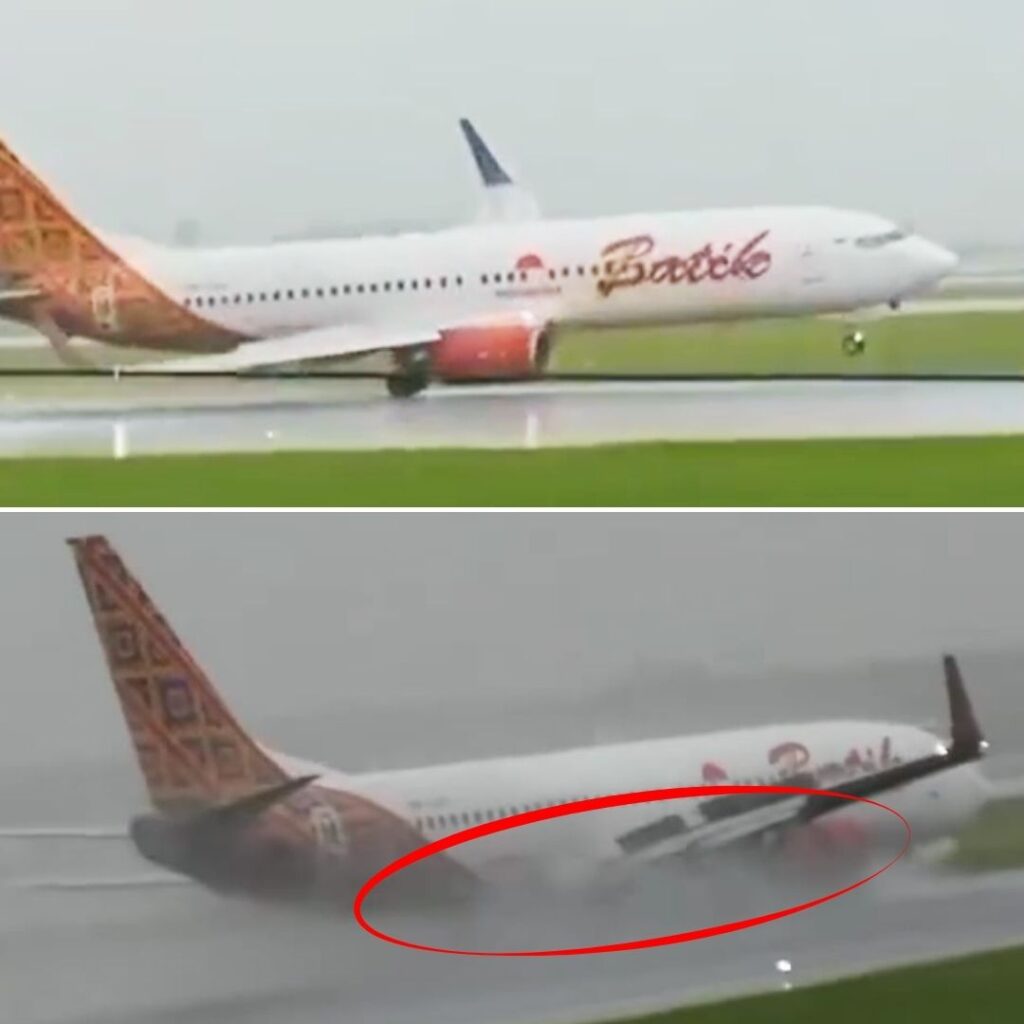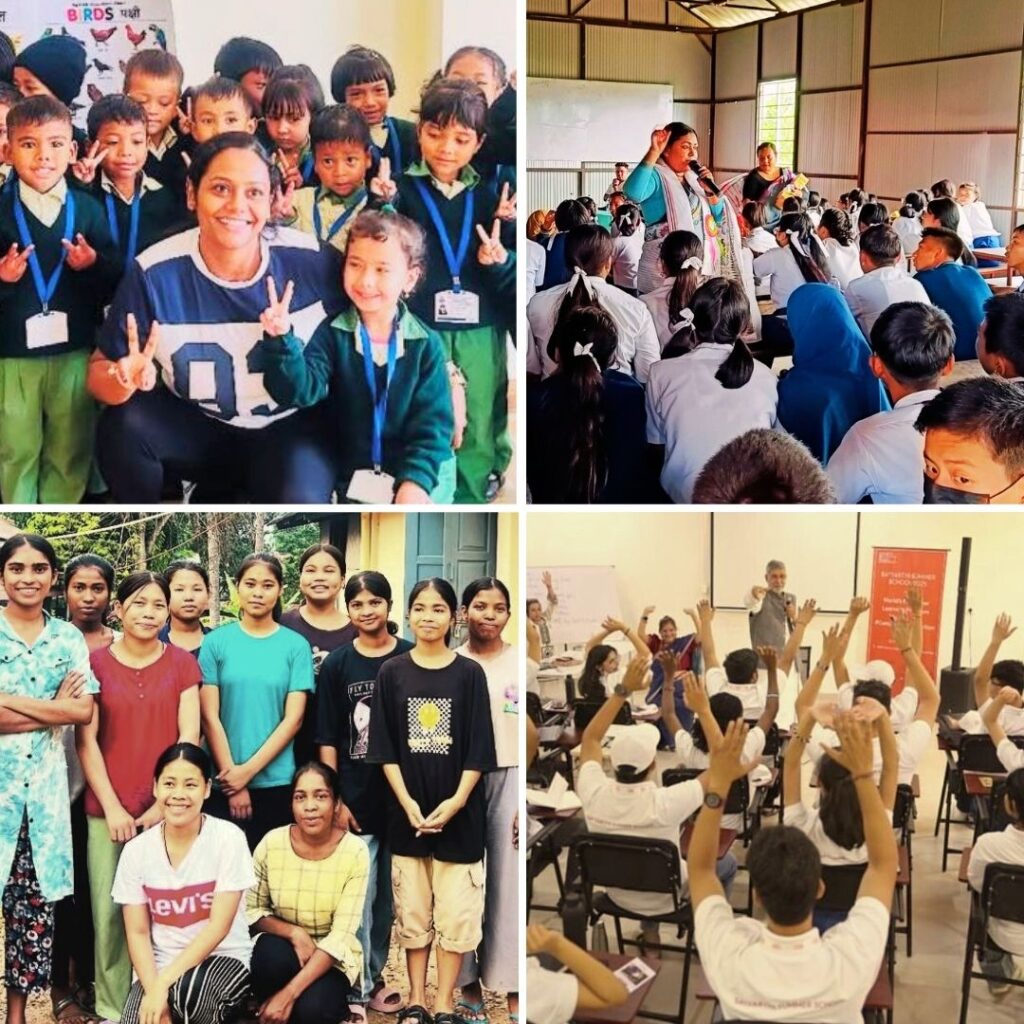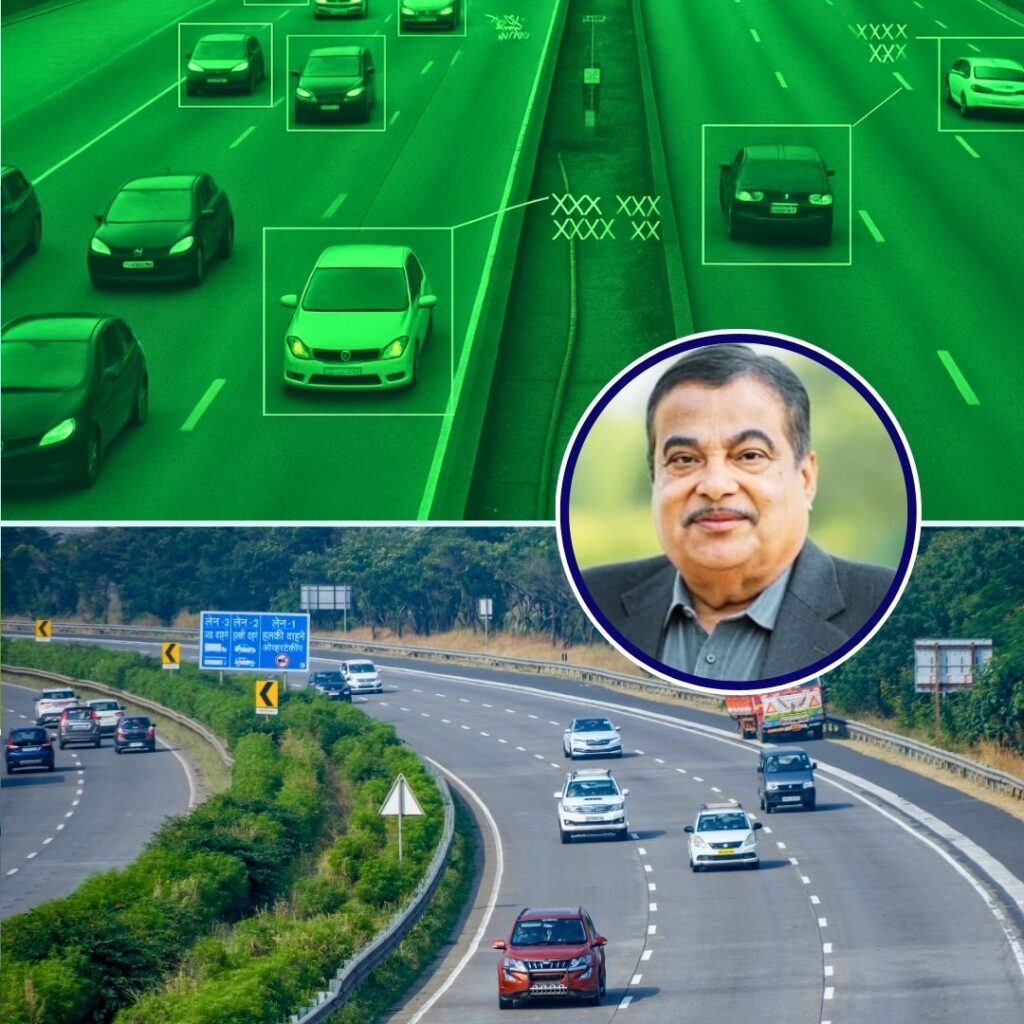Bubbling with the brutal truth of violence, restrictions and repression of medias’ mouthpiece has made the headlines across the Indian states, bringing it down on the International Press freedom ranking that in 2017 stood at 136, as compared to 2016, when they were at 133.
Plots unaltered, the killing of journalists and their murder mystery progressed with years, with profession proven as motive only for few. Defining the year dangerous, The Hoot reported 27 cases of police arrest and filing, 46 attack cases and 11 journalists murdered in 2017.
Shot to death by unidentified assailants on September 5, 2017, Gauri Lankesh is one among the heartbeats lost in the country of free speech. As an editor of Lankesh Patrika, she had been vocal against the Sangh organization and the brewing communal violence. Though convicted in the criminal defamation case for her 2008 story published in the Kannada tabloid, nothing deterred her determination.
The Indian Express reported, the article was titled “Darodege Illidan BJP Galu (BJP men involved in criminal activities)” naming three persons from Hubli — Shivnath Bhat, Venkatesh Mestri and Umesh Dushi — and alleging their involvement in conning a businessman in the city.
Wrath of the powerful
Rajan Rajdeo suffered a similar fate when he was gunned down by an assailant on May 13, 2016. Journalist at the Hindustan Daily, his continuous coverage on criminal-turned-politician Mohammad Shahabuddin, a former Rashtriya Janata Dal MP was reported to have incited the killing.
Santanu Bhowmik who succumbed to the wounds of attack by miscreants at Mandwai, died covering a road blockade agitation of the IPFT, which was about demanding a separate tribal State called Tipraland. Working for the local channel Dinraat, like Lankesh, Bhowmik too had angered forces who had powerful backings, reported The Hindu.
UNESCO chief, Audrey Azoulay as reported by NDTV, condemn such violent killings of journalists stating,”The assassination of journalists is the ultimate form of censorship. The prosecution of such crimes is essential to deter attacks against the media,” she said. These statements were quoted when the murder of a 28-year-old television journalist, Sudip Datta Bhaumik made headlines. The crime reporter of the Bengali daily Syandan Patrika and TV channel Vanguard in Tripura was shot to death in November 2017 by allegedly by a Tripura State Rifles personnel.
Defamation Cases
Adding fuel to the fire, along with the cold-blooded murders of journalists, defamation cases against media has gathered momentum as well. Sections 499 as well as 500 of the Indian Penal Code states that, “Whoever, by words either spoken or intended to be read, or by signs or by visible representations, makes or publishes any imputation concerning any person intending to harm, or knowing or having reason to believe that such imputation will harm, the reputation of such person, is said, except in the cases hereinafter expected, to defame that person.”
Exposing the undertones of the act of defamation, case against Economic and Political Weekly and its editor, for publishing two articles that alleged corruption in the business practices of Adani Power was filed asking retraction of materials with an unconditional apology. The investigative journalism credentials celebrated on paper, get the tint of libel once it starts questioning the giant corporations as reflected in the editor, Thakurta’s resignation regarding defamation case.
Rising state action against social media related incidents point towards dwindling freedom of expression in the democracy. The most substantial category of complaints was filed by politicians (25), followed by corporate houses (11) and film and TV personalities (9) with a further breakup of the politicians showing 13 complainants belonging to the BJP, reported The Wire. Maharashtra led the list with 19 defamation cases registered followed by Delhi with 11 cases in 2017.
Suspension of fundamental rights also took the form of internet shutdowns observed across various states outnumbering the 31 instances found in 2015 with a disproportionate 77, as reported by The Wire. Kashmir being a prime example of logged down connectivity over the years, last year marked the entry of Uttar Pradesh’ Saharanpur to the list. After the arrest of Bhim Army chief, Yogi Adityanath’s government ordered blocking of mobile internet service under Section 144 of the Criminal Procedure Code.
With farmers protesting against the government, Mandsaur and Nashik faced shutdown as well since 1st June 2017. A blanket ban on internet services to prohibit rumour mongering though a precautionary step, hamper the “digitally empowered society” Modi government promises to foster.
Ranking India at 136 out of 180 countries, the 2017 World Press Freedom Index by Reporters Without Borders, exposed the threat to a plurality of expression in the country. With the escalating cases of silencing of media, regulations that …











